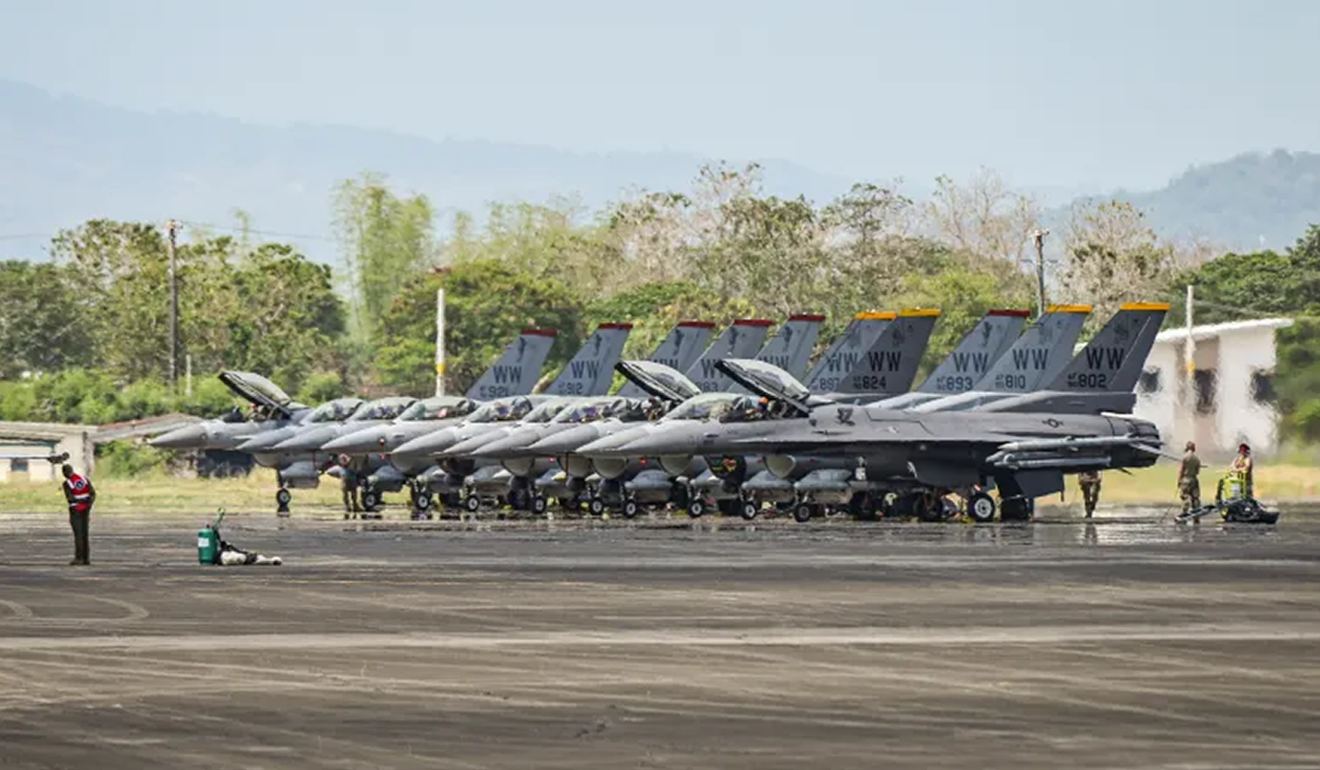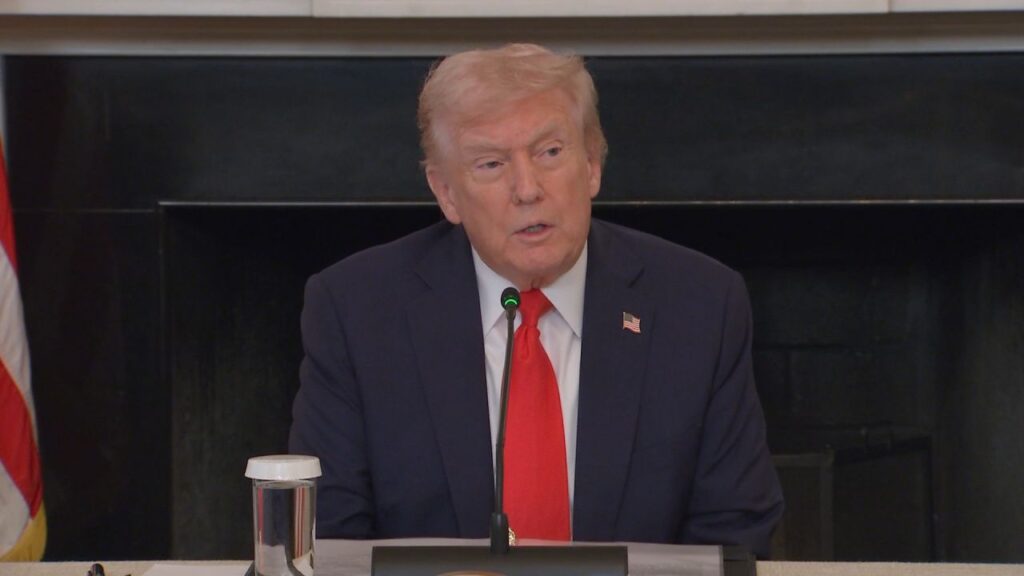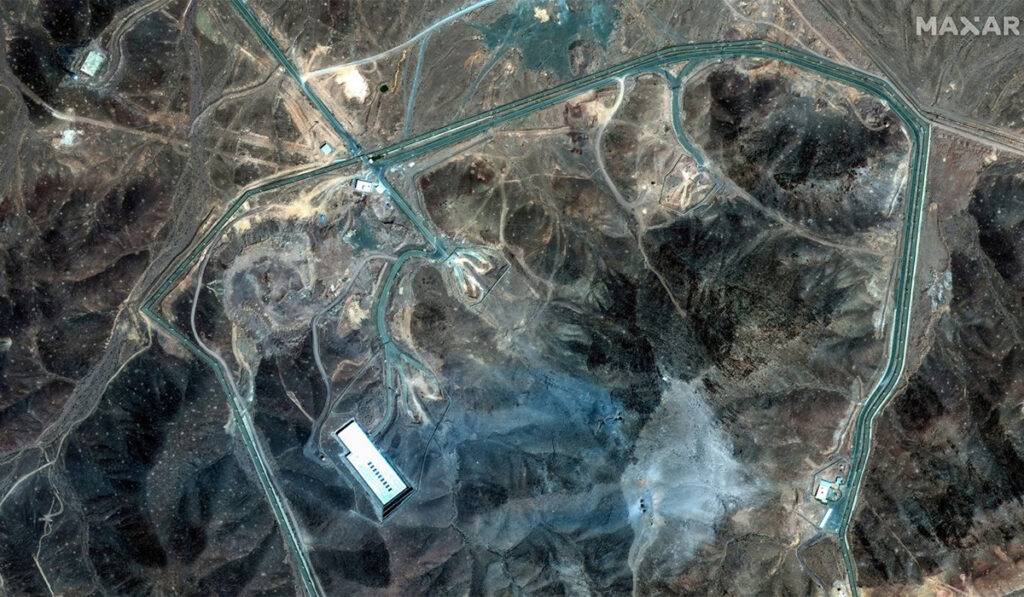
The United States has approved the sale of 20 F-16 fighter jets to the Philippines, marking a significant upgrade for the Philippine Air Force and reinforcing Washington’s commitment to one of its key allies in the Indo-Pacific.
The $5.58 billion deal, announced by the US Defense Security Cooperation Agency (DSCA), highlights Manila’s growing role in regional security as tensions continue to rise in the South China Sea. This move is seen as a direct response to Beijing’s increasingly assertive military posture and its efforts to expand influence in the region.
This agreement comes on the heels of US Defense Secretary Pete Hegseth’s recent visit to the Philippines, where he emphasized Washington’s determination to counter China’s increasingly aggressive actions in the region. Hegseth underscored the importance of bolstering military cooperation, ensuring that the alliance remains strong in the face of geopolitical challenges.
The DSCA emphasized that the sale aligns with US foreign policy objectives by strengthening the security of a key partner that contributes to stability, peace, and economic growth in Southeast Asia.
China quickly responded to the deal, warning that defense partnerships involving the Philippines should not threaten regional security or escalate tensions. Chinese Foreign Ministry spokesperson Guo Jiakun stated that Beijing remains watchful of military collaborations that could disrupt the balance of power in the Indo-Pacific.
Despite China’s concerns, Manila has been at the forefront of disputes over territorial claims in the South China Sea, where Beijing has been expanding its presence despite international rulings rejecting its claims.
In recent years, the Philippines has repeatedly reported encounters with Chinese coast guard vessels and maritime militia within its exclusive economic zone, leading to heightened tensions and calls for stronger defense cooperation with the United States.
The F-16s included in the sale consist of 16 single-seat F-16C jets and four dual-seat F-16D models used primarily for training. These aircraft belong to the latest Block 70/72 variant, an advanced version of the widely deployed fourth-generation fighter jet built by Lockheed Martin.
The new F-16s boast cutting-edge avionics, radar, and weapons systems, significantly enhancing the Philippine Air Force’s combat capabilities. Currently, the country relies on a fleet of 12 South Korean-made FA-50 jets, which serve as light attack and fighter aircraft. The F-16s, capable of reaching speeds over 1,500 miles per hour—roughly 350 mph faster than the FA-50—offer a major upgrade in both speed and operational range.
Lockheed Martin also touts the aircraft’s extended service life of more than 12,000 flight hours, ensuring their long-term effectiveness.
Military analysts note that the acquisition of F-16s provides the Philippines with a significant step toward modernizing its air force and bolstering its ability to conduct air defense missions.
The country has long sought to enhance its air capabilities to patrol its vast maritime territory, particularly in the West Philippine Sea, where Chinese incursions have become more frequent. Experts also highlight that the advanced radar and targeting systems of the F-16s will improve Manila’s ability to detect and respond to aerial threats more effectively.
During a joint press conference with Philippine Defense Secretary Gilbert Teodoro, Hegseth reiterated Washington’s “ironclad” commitment to its alliance with Manila.
He announced plans to deploy more advanced military assets to the Philippines for joint exercises, enhancing interoperability between the two nations and preparing for high-end operations. This increased cooperation reflects the US military’s broader strategy of reinforcing alliances across the Indo-Pacific, particularly as China expands its influence and North Korea advances its military capabilities.
The US-Philippines Enhanced Defense Cooperation Agreement (EDCA), which allows for increased US military presence at key bases in the Philippines, is expected to play a crucial role in integrating these new assets into the country’s defense framework.
The American military presence in Asia plays a crucial role in maintaining regional stability. Thousands of US troops are stationed at bases in Japan and South Korea, serving as a counterbalance to growing threats. The increased defense collaboration with the Philippines aligns with broader US efforts to strengthen its network of allies in response to China’s growing assertiveness.
In recent months, joint naval patrols, military drills, and intelligence-sharing agreements have intensified between Washington and Manila, reflecting the deepening strategic partnership between the two nations.
The Trump administration has long emphasized a strategic pivot toward the Indo-Pacific, recognizing the region’s significance in shaping global security in the 21st century.
Hegseth reinforced this view, stating that for the coming decades to be free and stable, the US must stand “shoulder to shoulder” with its allies. However, shifting political landscapes and debates over the structure of US military alliances have raised questions about the long-term trajectory of such partnerships.
Former President Donald Trump repeatedly scrutinized America’s military commitments abroad, questioning whether the US was receiving adequate returns from these alliances. Nevertheless, the approval of this arms deal signals a continued effort to strengthen military ties and deter potential threats in the Indo-Pacific.
As tensions in the region persist, the sale of F-16 fighter jets to the Philippines underscores the strategic importance of the US-Philippines partnership.
This deal not only enhances Manila’s defense capabilities but also reinforces Washington’s broader objectives of maintaining stability and countering emerging security challenges in the region. With increased joint training exercises, intelligence-sharing initiatives, and continued investment in defense cooperation, the US-Philippines alliance is expected to remain a crucial pillar of regional security in the coming years.
News Source: CNN

Bella Richardson is a dedicated journalist and news analyst known for her clear, thoughtful reporting and her ability to make complex stories accessible to a broad audience. With a Master of Science in Mass Communication, she brings both academic insight and real-world experience to her coverage of breaking news and trending topics throughout the United States.






